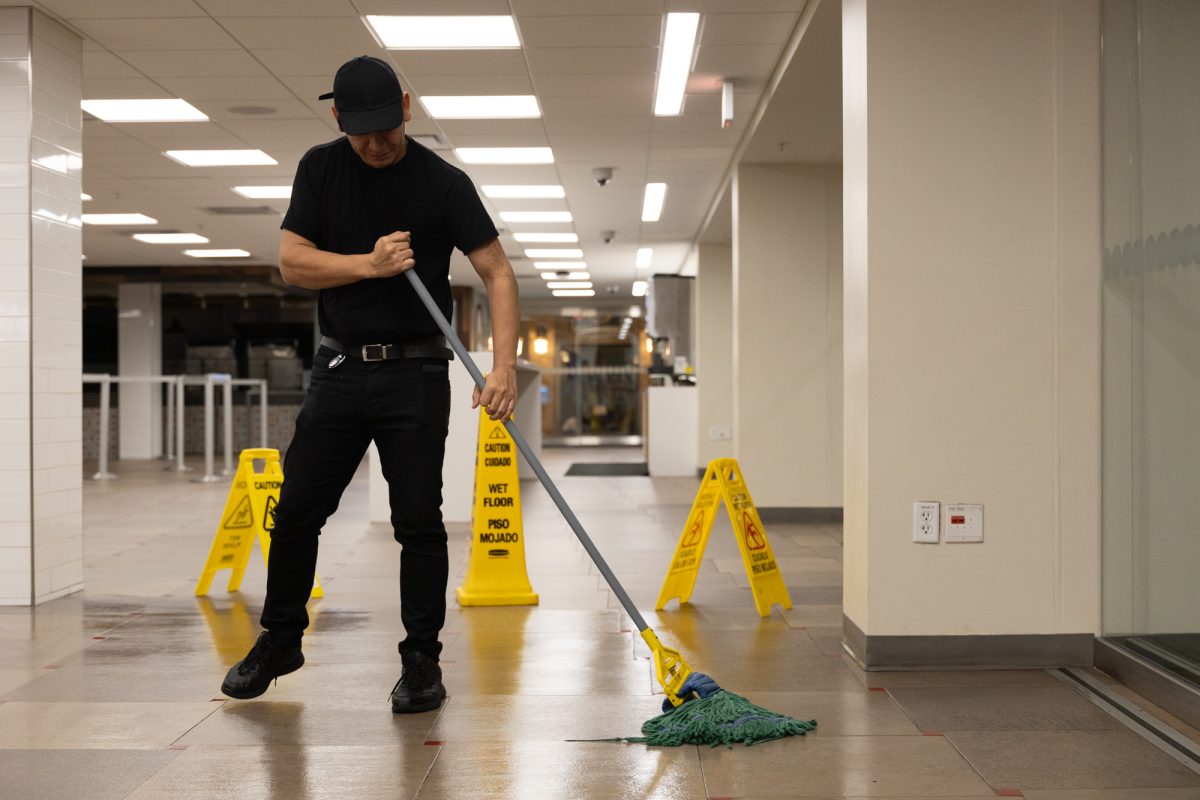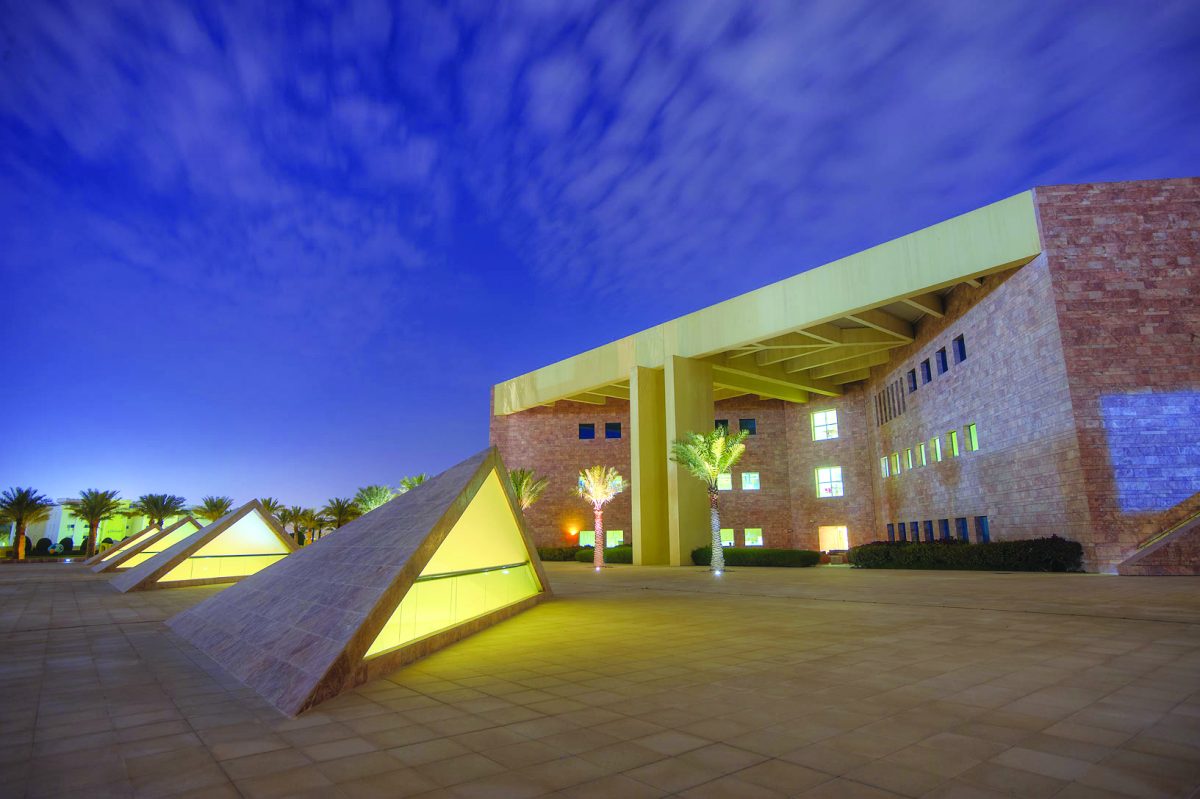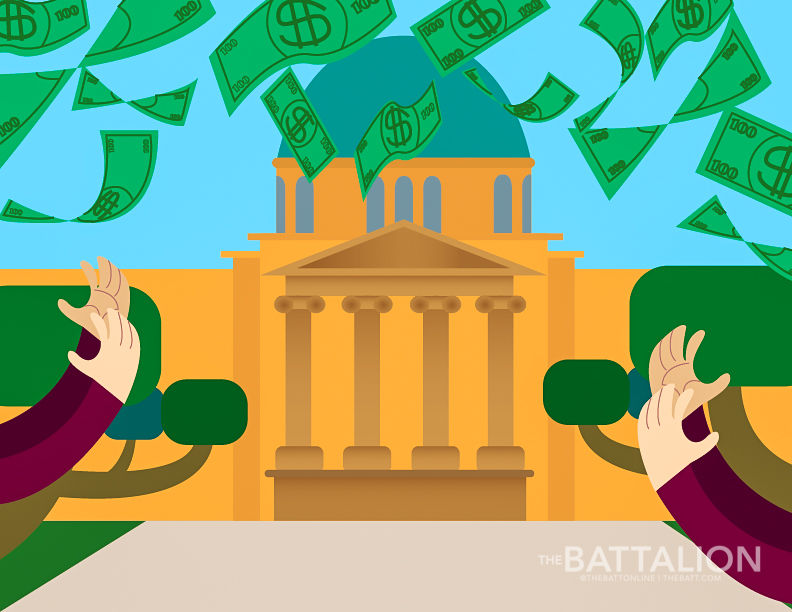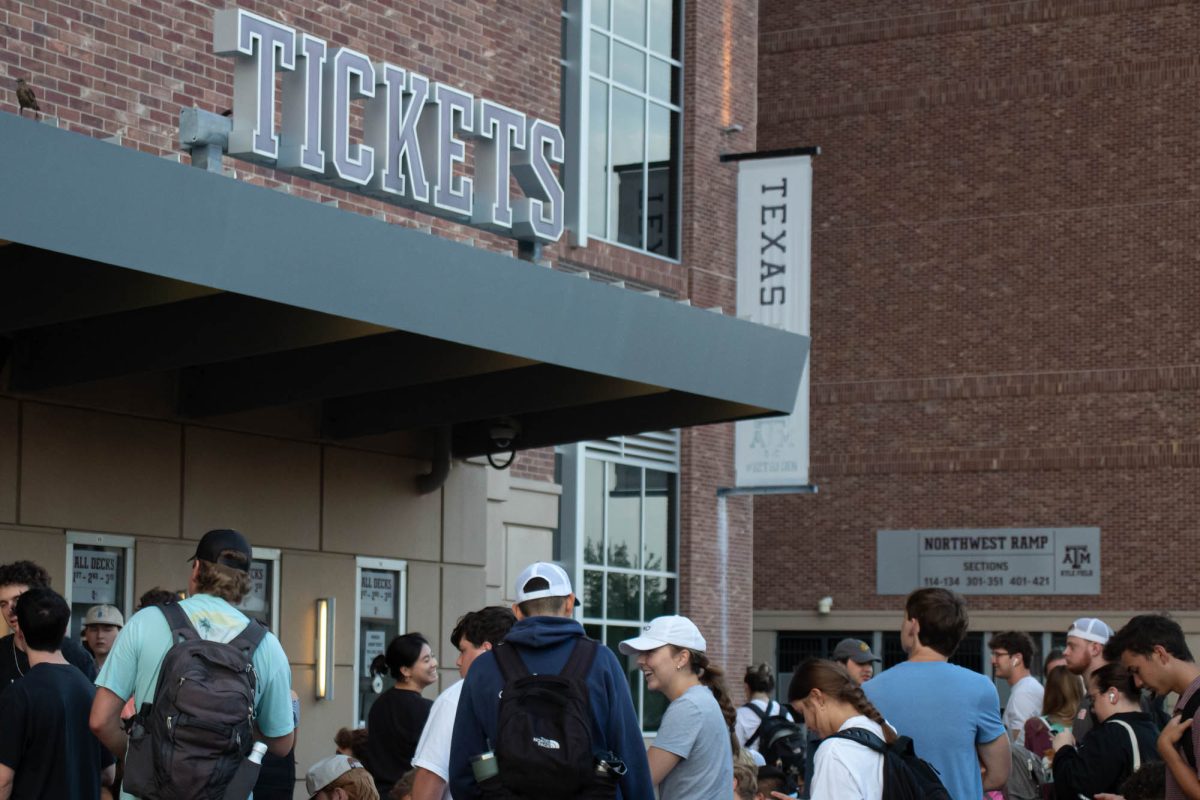An asteroid bears down on Earth and nations scramble for a lifeline. But before the U.S. picks up the phone to call Bruce Willis, the better choice may be to pick up a can of spray paint.
Researchers from around the world have joined A&M professor of aerospace engineering David Hyland in developing a method for deflecting asteroids away from Earth by using paint to change the amount of light an asteroid reflects. The idea may sound like something from science fiction, but to Hyland and his former students, something as commonplace as spray paint could prevent a meteoric disaster.
In 2007, Hyland proposed a straightforward question to his Space Mission Design class: If an asteroid is on a collision course with Earth, how do you save the planet?
The idea to use paint to deflect an incoming asteroid grew out of my design classes, said Hyland, professor of physics and aerospace engineering at A&M and chairman of the board for the Texas Space Grant Consortium.
The answer to Hylands question involves an original take on a long known but ill-understood phenomenon known as the Yarkovsky Effect. The surface of an asteroid that faces the sun heats up before rotating to the far side where it cools down by radiating thermal photons. This process exerts a force on the asteroid capable of changing its orbit over long periods of time. If an asteroids reflective properties can be changed, so can its course.
Hyland said the idea to manipulate the Yarkovsky Effect to avert a global catastrophe was proposed in 2007 before being built upon by each subsequent class as the project gained momentum.
But while painting may be a leisure activity here on Earth, coating a surface with a thin sheet of reflective material poses a significant challenge in space.
The technical question left was not only how do we get there, but how do we get the paint to stick to the asteroid in the absence of gravity? Hyland said. Also, we cant use conventional paint because it would gasify in the vacuum of space.
The answer was once again provided through untraditional means. Shen Ge, a former Texas A&M graduate student of Hyland, recently founded the Experimental Center for Applied Physical Systems LLC, an aerospace company located in College Station. He came to Texas A&M to research optical systems before Hyland and his classes caught his eye.
I thought the whole idea [of averting an asteroid] was fascinating, Ge said. I never thought of it as just an academic experience. I realized its importance, that it could have worldwide implications.
Hyland has appreciated the uniqueness of working with college students so much that a total of 180 undergraduate students have worked with him since 2007. Many professionals now working on the project started as students in his class.
I enjoy giving undergrads these types of challenges because they have fresh points of view on how to approach them; they dont know whats impossible, Hyland said.
Ge said while joining Hylands student research teams was different than working with professionals or other graduate students, the overall effect was innovative.
Working with students, especially undergrads, is a [unique] experience, Ge said. They have overall less knowledge than professionals in the field do, but when we worked with them in large teams they showed more creativity, more enthusiasm, towards solving the challenges that the space industry faces.
After several months of working with Hyland and other students, Ge realized the question had already been partially answered in an unlikely place. All that remained was to make the connection that nobody had previously discovered.
I realized that in essence, we are trying to change the asteroids color, Ge said. So I thought, what do we do here on Earth to change the color of a surface? We paint surfaces, but nobody had ever bothered to paint something in space. I researched different painting methods to see if anything could be applied to our [space environment] and found out that the technology we needed already existed.
The technology Ge came across is known as tribocharging powder dispensing. Pressurized gas is mixed with powder and forced through a narrow tube where it picks up an electric charge. Since an asteroids sunlit surface is positively charged due to solar wind, if a spacecraft sprays negatively charged powder using the new method onto the asteroids surface the powder will stick because of electrostatics no gravity required.
If tribocharging powder dispensing essentially a form of spray paint proves to be effective in space, the way in which engineers and researchers approach asteroid-related challenges could be significantly changed.
There are always a lot of innovative methods [for dealing with asteroids] but if this one is funded and pursued, it can be a game changer, Ge said.
The idea and the science behind this strategy has garnered plenty of attention, both in the U.S. and abroad. Hyland, Ge, and other professionals have been joined by an array of interested parties ranging from the U.S. Air Force, NASA, and Saudi Arabias space program. A mission is being planned for 2014 to test the tribocharging technology in low Earth orbit. If successful, another mission to rendezvous with an actual asteroid is tentatively set for 2021.
Paint system designed for disaster aversion
April 7, 2013

0
Donate to The Battalion
Your donation will support the student journalists of Texas A&M University - College Station. Your contribution will allow us to purchase equipment and cover our annual website hosting costs.
More to Discover








